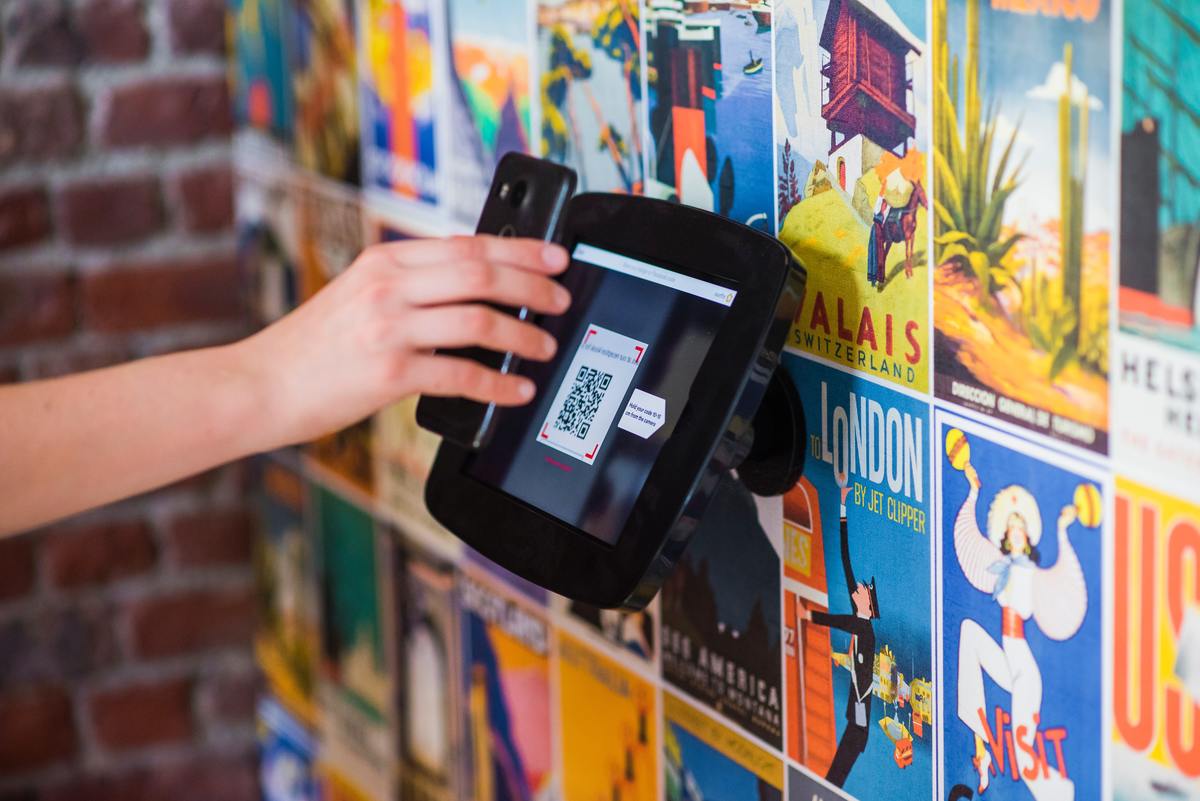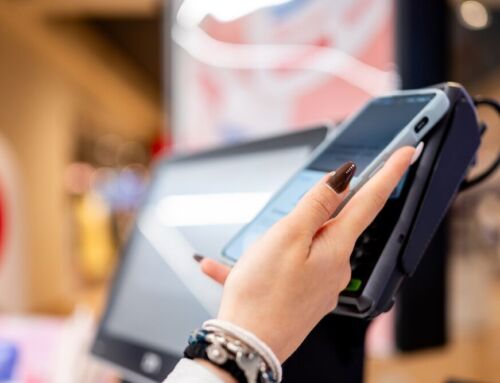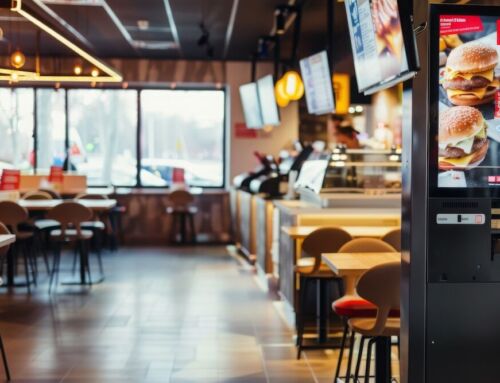Interactive kiosks are increasingly common sights in all kinds of locations.
From religious settings to pubs and bars, interactive kiosks offer a vast range of benefits.
The positive impact of digital kiosks is underpinned by their versatility. Powerful pieces of technology, with almost limitless opportunity for adaptation, their cutting-edge software offers a slick user experience.
It is no surprise, therefore, that interactive kiosks can be operated in multiple languages. The advantages of such kiosks are plain to see when you consider specific use cases and opportunities.
Let's look more closely at interactive kiosks and foreign languages – in particular, how kiosks can break language barriers.
What settings are multi-language kiosks used in?
You can find interactive kiosks with foreign language functionality in a range of locations.
Naturally, they are particularly prominent in tourism and travel settings.
You'll be hard pushed to find a self-service interactive kiosk in a major airport or train station which doesn't offer services in a range of different languages.
Multi-language kiosks are often found in large workspaces such as factories and warehouses where employees come from different linguistic backgrounds.
Similarly, healthcare settings will often make use of interactive kiosks that support foreign languages – while multilingual ATMs have been common-place for years.
How do interactive kiosks break language barriers?
It's no mystery how interactive kiosks and foreign languages function so effectively: software and integration.
With significant processing power, kiosks such as those in our Inform range are able to deliver information in a potentially limitless number of languages, depending on how they have been configured.
What's more, interactive kiosks like these can also offer sign-language interpretation.
Different kiosk types offer different functions. Those with microphones can be used for direct translation into languages via audio, while sign-language users can benefit from interactive kiosks with video functionality.
In some cases, kiosks are integrated with live translation services. Users can engage a translator in real time via the digital interface in order to complete an enquiry. Note, a system such as this will result in a higher cost for the kiosk operator.
What benefits do multi-language kiosks bring?
The benefits of multi-language kiosks are significant.
They massively increase accessibility. Users can take advantage of the kiosk's services whatever their language. In retail settings, this is hugely impactful in terms of increasing audience size and potential profits – as in the UK, 8% of residents have a different main language than English.
Interactive kiosks with foreign language functionality can also reduce staffing costs and requirements.
Instead of needing to hire multilingual staff, a kiosk can carry out many of the same tasks – and in far more languages than any human could be able to operate in professionally.
Interactive kiosks and foreign languages
In this article, we've looked at how kiosks can break language barriers.
By allowing users from all around the world to access services and information, interactive kiosks can truly revolutionise a whole range of settings across a variety of industries.
When it comes to choosing the right foreign language kiosk, your options are broad. It's well worth speaking to an expert to ensure you select the right kiosk, with the right software, for your needs – and at Acante we can build entirely custom kiosks, fitted to your business.
Why not get in touch today?




